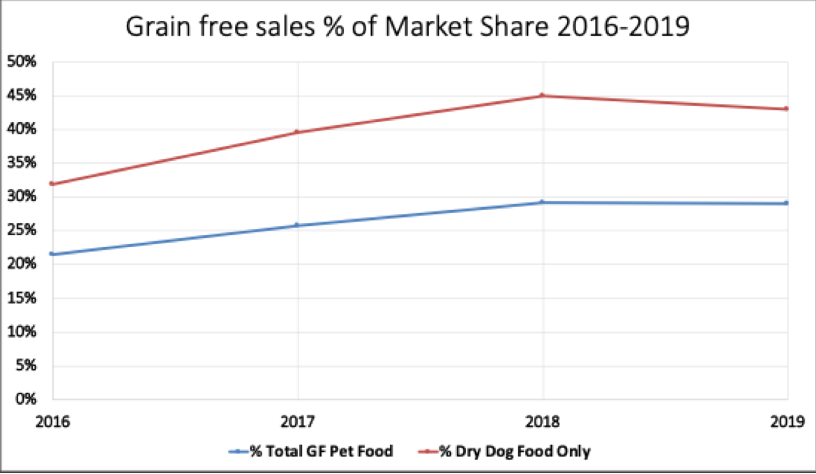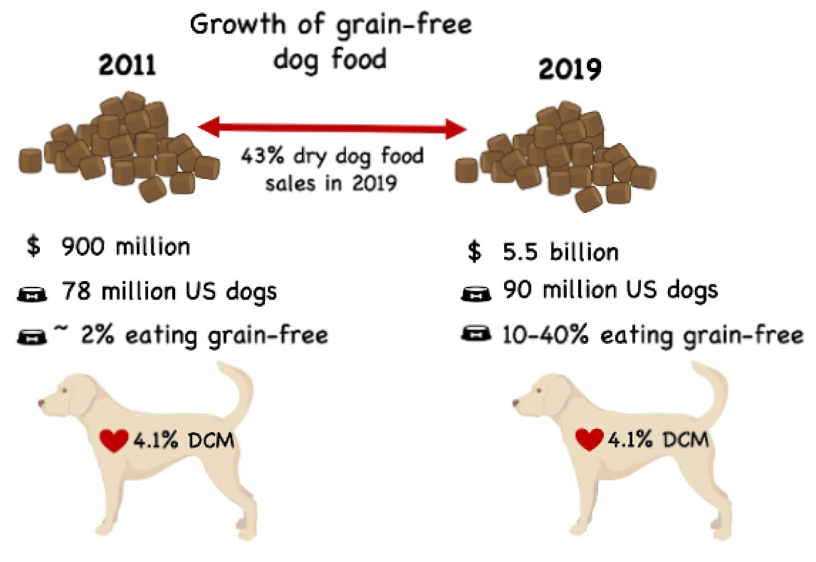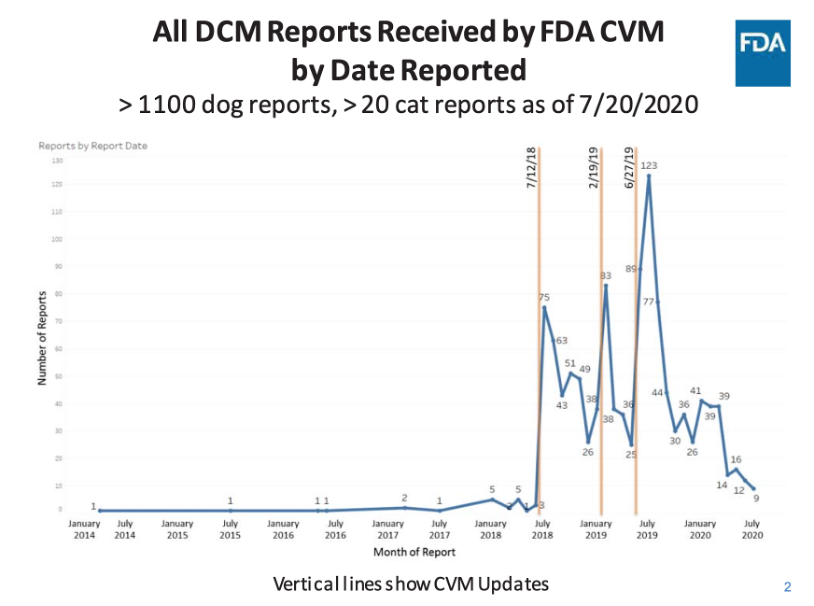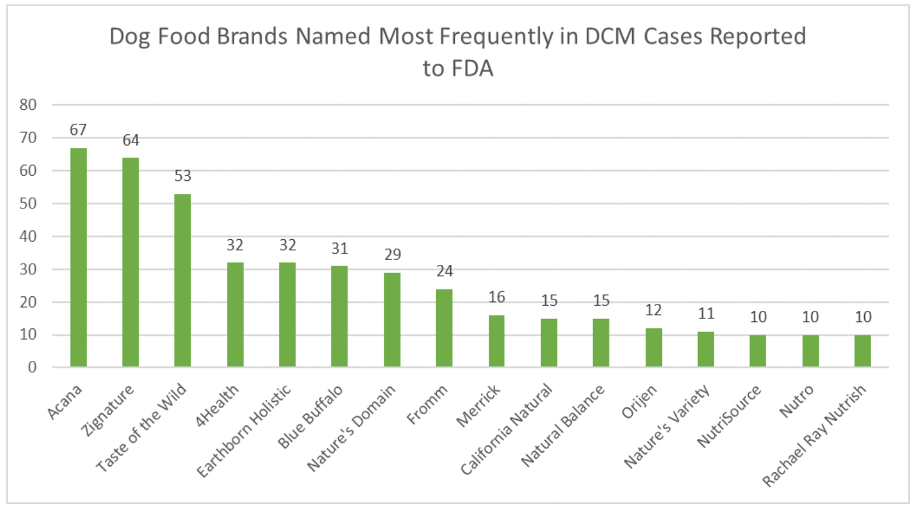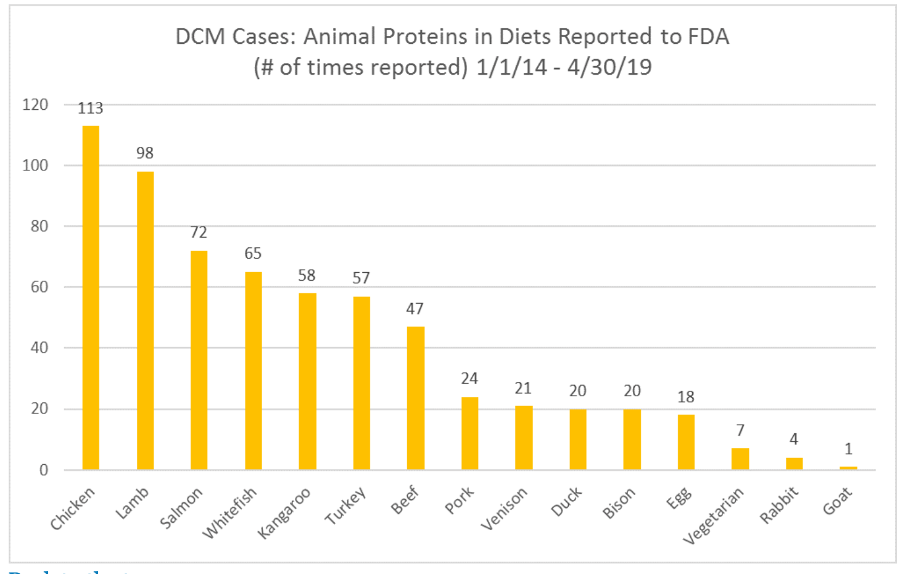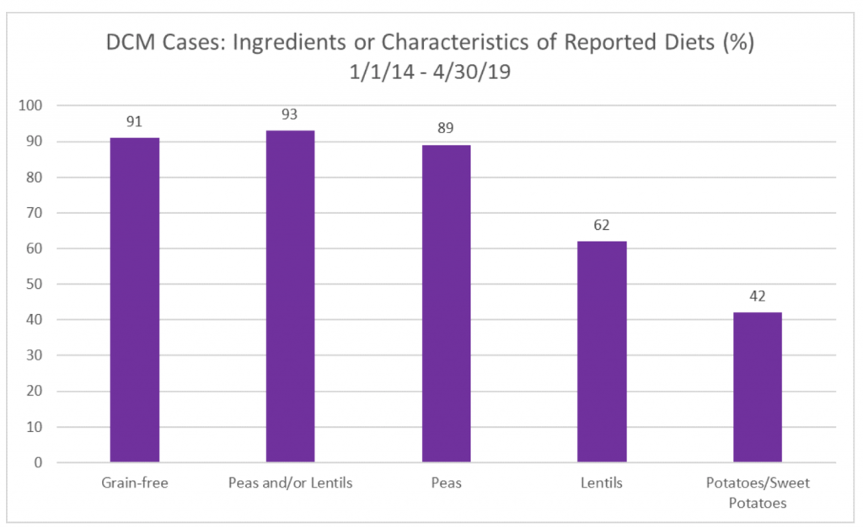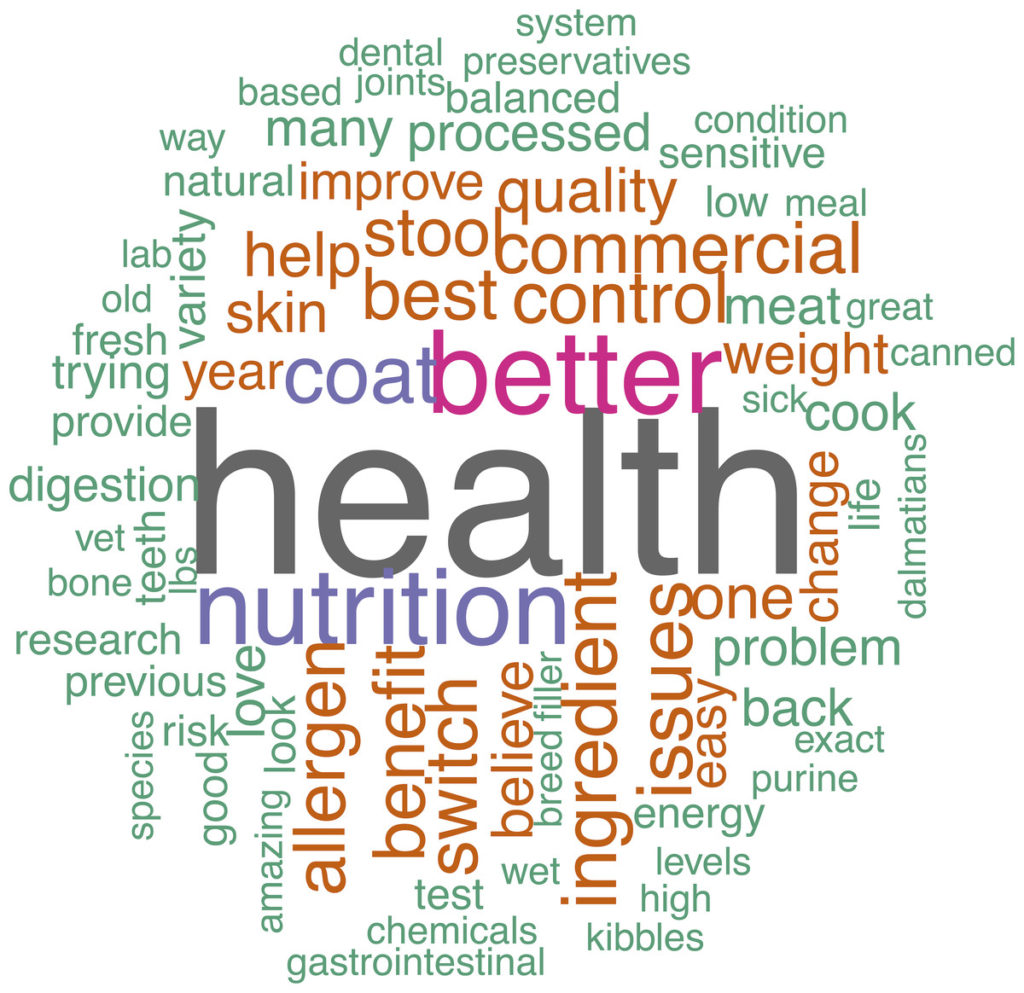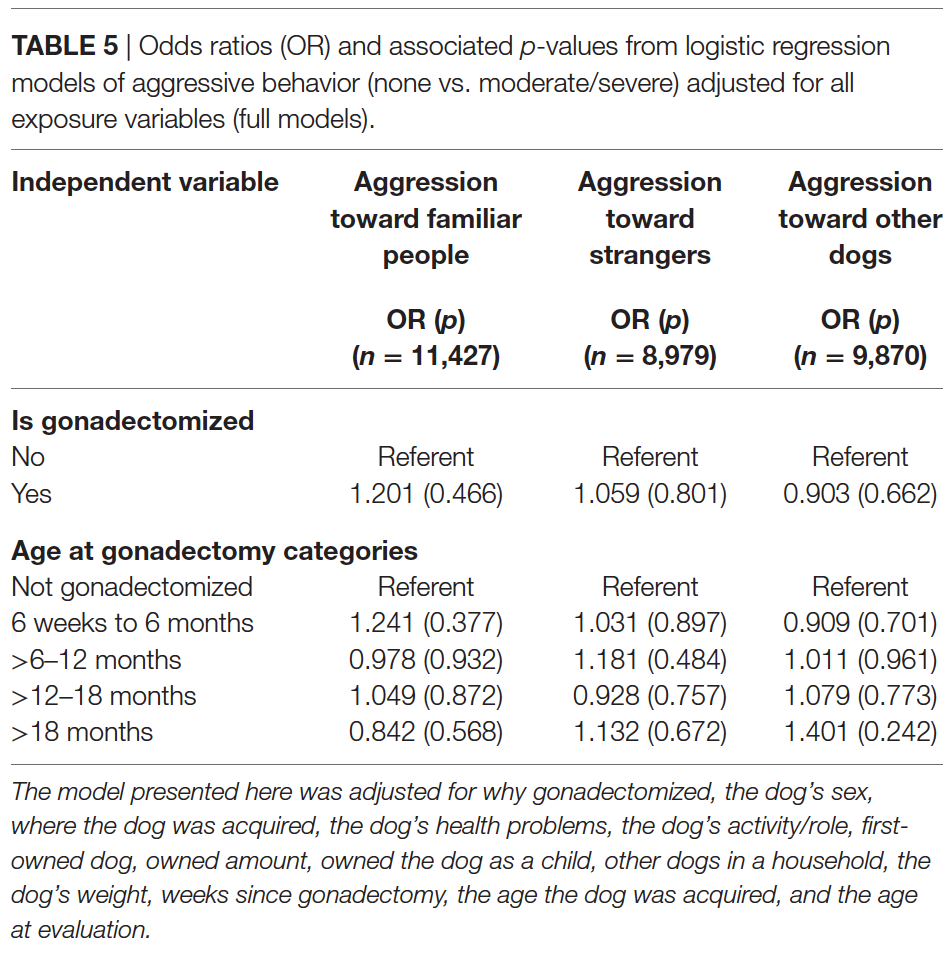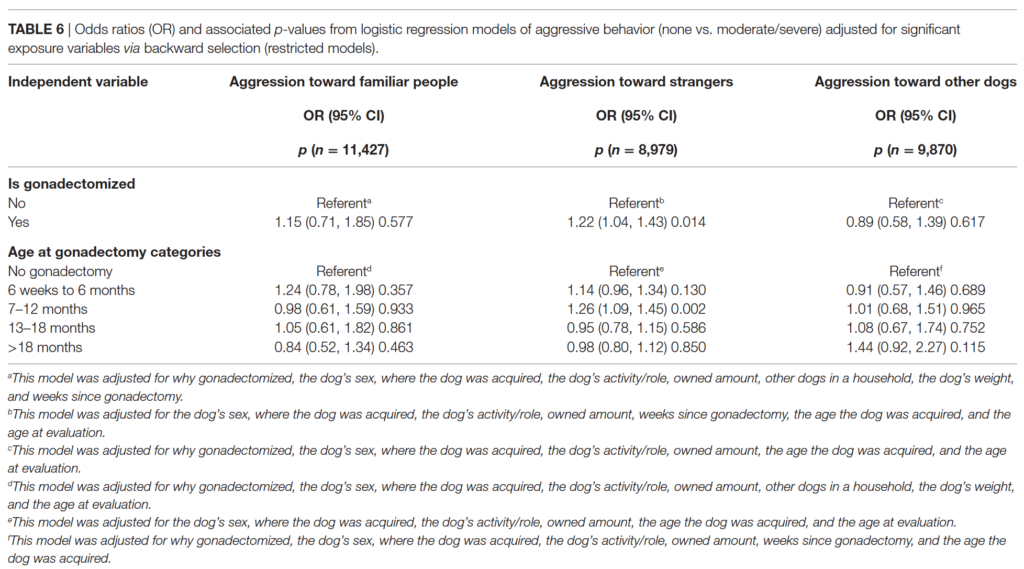Dogs’ lives are too short. Their only fault, really.
Agnes Sligh Turnbull
The question of why our dogs have to get old can be primarily a rhetorical one, expressing our dismay at the process. It can also be a philosophical question, which is how it has most often been treated historically. Aging and death have long been viewed as intrinsic and inevitable features of human and canine existence, to be accepted or raged against and to be explained mostly in metaphysical terms. Whether the changes of aging are seen as an unavoidable playing out of the mechanisms of an impersonal universe or as a necessary journey designed for us by a benevolent creature, metaphysical explanations serve to address our feelings about getting old and our longing for meaning, not the mechanisms of the process.
Proximate and Ultimate Causes
When we view the question of why we and our animal companions age as a scientific one, the emphasis shifts to understanding the process itself more than the purpose or meaning of it. Science often frames explanations of biological phenomena in terms of ultimate and proximate causes. Ultimate causes answer the question of “why,” though not necessarily from a teleological perspective (that is, with a view to explaining the purpose of the phenomenon). The ultimate explanation for biological processes, like aging, tend to involve the conditions that lead to the existence of the process we are interested in, often emphasizing the evolutionary forces favoring its development. Proximate causes are more an answer to the question “how.” They focus on the detailed mechanisms involved rather than why these mechanisms have taken the particular form they have.
A simple example of the difference between ultimate and proximate explanations might be the difference in body size between male and female mammals and how this varies between species. Male dogs, for example, are only slightly larger than females, while adult male elephant seals are nearly three times as large as females. The proximate explanations or mechanisms for these differences might have to do with the timing of growth and development, the influence of sex-specific hormones, and other physiologic mechanism. If, for example, males continue growing for a longer period of time, they might on average end up larger than females simply because of an overall longer growth period. If male elephant seals have a growth period and rate of growth that are relatively longer and faster than those of male dogs compared with the females of each species, this would explain why male elephant seals are so much larger than female seals while male dogs are only a little bigger than female dogs.
Ultimate explanations for these size differences, however, would be evolutionary explanations for why they came to exist. Sexual selection theory, for example, argues that the degree of difference in size between males and females has to do with the importance of physical competition between males for the chance to mate. Most male elephant seals never get to mate, but the biggest and strongest can monopolize large groups of females, so only the genes of the largest males make it to the next generation. This leads to evolutionary pressure for greater and greater size in males, without having much effect on the size of females. In dogs, however, one male doesn’t monopolize mating to nearly the same degree, and the advantages of being bigger than other males are less, while the disadvantages (such as needing more food) push against the evolution of greater size. There are other possible explanations for this particular difference, but this illustrates the general difference between proximate and ultimate explanations in biology.
We can apply this same approach to answering the question of why and how our dogs age. Let’s start with some potential theories about the ultimate explanations for aging. Why can’t dogs simply live forever without changing? Or why don’t they live 150-200 years like some tortoises do, or at least as long as we do?
Ultimate Theories of Aging
Programmed Senescence
One early idea was that evolution favored aging and death of one generation as a way to “make room” for the next. If animals stayed young forever and never died, then their world would get crowded, food and other resources would become insufficient, and the species at a whole might be threatened with extinction. This certainly sounds like a realistic concern given the effect we humans are having on our world as we increase our numbers and our lifespan! However, the problem with this idea is that evolution doesn’t have a way of working towards the “good of the group.” Evolution happens because of differences in reproductive success between individuals within a population. If one big elephant seal fathers a lot of babies and none of the smaller males get to breed, then the next generation of males will have the genes for being big, not small. If this means there isn’t enough food and all the males starve, well, natural selection doesn’t have a way to take that into account.
Antagonistic Pleiotropy and the Disposable Soma
From an evolutionary perspective, a better explanations is that aging is the result of adaptations that have benefits for the young, leading to more reproductive success and the spread of those genes, but that also have costs later in life. Say, for example, small bull elephant seals need less food than larger males, and they are less likely to be caught and eaten by sharks than their more visible and slower comrades. Maybe the really big males even get cancers relatively early in life because the growth hormones that make them so big also stimulate abnormal tumor growth. As a result, small males might live longer than big males and be less likely to get cancer. We might think that evolution would favor this, since it’s obvious a “healthier” set of adaptations that leads to a longer, healthier life.
However, the fact remains that the big males get to father a lot more baby seals than the little guys. This means that the genes that make them big have an advantage and dominate the next generation, even though they come along with greater risk of an early death from starvation, predation, and cancer. This is a hypothetical example of the concept of antagonistic pleiotropy. Genes that convey a reproductive advantage early in life are favored by evolution, and tend to persist, even though they lead to harm and maybe a shorter, sicker life in the long run than competing genes. Such a mechanism might explain why organisms have evolved “imperfectly” to age and die.
The is related to the concept of the disposable soma (“soma” being the Greek word for “body” and referring to all the cells other than the “germ cells” involved in making offspring). This theory suggests that animals have limited resources, such as energy and the raw materials for making and repairing body tissues. These resources can be used to grow and create the soma, or they can be used to reproduce. There is a tradeoff between these activities, and the optimal balance depends on the specific circumstances of a particular species. Some animals may live in unstable and unpredictable environments. The most effective evolutionary strategy in this situation might be to hurry up and have as many offspring as possible as fast as possible. Doing so takes energy away from growth and maintenance of the body, so you might age fast and die young, but you’d leave a lot of offspring (and genes!) behind. If you waited around and spent a lot of your energy of keeping yourself healthy, you’d have fewer offspring and if the unstable environment suddenly killed you off, you wouldn’t have maximized your reproduction very effectively.
Other species live in more stable and predictable circumstances, and this favors a slower approach to life. Individual humans don’t typically have hundreds or thousands of babies, but we spend a lot of time and energy looking after the few we do have to make sure they survive to grow up and reproduce in turn. This strategy works if the environment gives us a chance to stick around a while, but it requires spending more energy and resources on keeping ourselves alive and healthy so we can put in the necessary investment in our limited number of offspring. This theory helps explain differences in the lifespan of different species in terms of their evolutionary history and reproductive strategies.
These are only simplified versions of some of the more prominent ultimate theories, but they give a flavor for the way aging biology attempts to explain the apparent “flaws” of aging and death in terms of the operation of evolution and natural selection. Such explanations do not, however, give us much opportunity to intervene and influence lifespan and healthspan. If our pattern of aging is fixed by our evolutionary history, then isn’t it fundamentally unalterable?
This is where proximate explanations of aging come in. The detailed mechanisms of how age-associated changes in health occur is where we can look for opportunities to influence the processes and improve lifespan and healthspan.
Proximate Theories of Aging
This is an enormous subject that has developed over decades and is still the focus of copious and fast-paced research. The devil in medical science is always in the details, and the details are legion and complex in the field of aging biology. In future posts I hope to explore specific mechanisms and potential anti-aging interventions, but for now I will start with a simplified summary of some of the more prominent ideas about how we and our dogs age.
Wear and Tear
Most of us think of aging as the accumulation of physical damage over time, the gradual effects of wear-and-tear on the body. There is an idea that turns up periodically each of us had a predetermined and limited number of heartbeats, and when we used them up, we would die. If true, this theory would suggest we should do everything we can to conserve our hearbetas and minimize our activity. (This is often associated with the astronaut Neil Armstrong, who was mistakenlyclaimed to have said “I believe that every human has a finite number of heartbeats. I don’t intend to waste any of mine running around doing exercises.”)
The reality, as usual, is more complicated. It turns out that slower hear rates are often associated with lifespan, both between and within species. Hamsters have much shorter lifespan than humans, and also a much faster heart rate (c.f. this page for comparisons of heart rate and life expectancy between species). There is also evidence that higher resting heart rates in humans predict a higher risk of death than lower heart rates. However, this is not because faster heart rates use up a fixed number of possible heartbeats. The relationship between body size, metabolic rate, and lifespan between species is complicated and not always consistent. And within humans, slower hear rates are a function of better physical condition (among other factors), which reduces risk of death. It turns out that temporarily speeding up your heart during exercise leads to a lower resting heart rate and better health, so there is no excuse to avoid working out in order to “save” your heartbeats!
Other examples of the physical wear-and-tear hypothesis have turned out to be equally unreliable. Arthritis in joints isn’t just caused by use, and again people who exercise often have better joint health for longer than people who use their joints less because they are more sedentary. We can’t explain aging as just physical parts wearing out with use.
Accumulated Damage
However, some aspects of the physical wear-and-tear idea do carry over into more nuanced and complex theories of aging. We do accumulate damage on a cellular and molecular level over time, and our body can only do so much to repair that damage. The balance between damage of critical components and their repair and replacement likely is part of the loss of function we and our dogs experience as we age. I hope to explore more detailed aspects of this theory in the future. Some of the proposed examples of the types of damage that accrue over time include: mutations in DNA, methylation of DNA and effects of this on gene expression, telomere shortening, oxidative damage to cells and mitochondria, cross-linking and glycosylation or aberrant folding of proteins, and the persistence of nonfunctional or dysfunctional senescent cells within specific tissues. These are all examples of accumulation of damage over time that overwhelms repair systems and leads to the loss of resilience and function associated with age. This can be thought of, in some sense, as a wear-and-tear phenomenon, though not in the strict physical sense of the original idea.
Neuroendocrine Hypotheses
Another theory for how aging works is that changes in various complex and interrelated hormonal systems that control many bodily functions are the core mechanisms behind the physical and functional decline seen in aging. Organs such as the hypothalamus and the pituitary in the brain, the testes and ovaries, the adrenal glands, and others are all connected with the nervous system in an intricate web of feedback relationships that regulate hormones and most physiologic activities. Over time, these systems may come out of balance or certain elements may falter or fail, and this leads to the generalized functional losses associated with aging. There is no question that the neuroendocrine axis is a critical component of the aging process, but there isn’t yet strong evidence for a single master switch or mechanism that cane explain all the features of aging.
Other Theories
There is research evidence to support a role in aging for many other processes, including free radicals and oxidative damage, mitochondrial dysfunction and a decrease in total energy available to power bodily functions, epigenetic factors and changes in gene expression, and others. There is clearly also a connection, in humans at least, between behavior and aging. Lack of physical activity, poor nutrition, smoking and other toxin exposures, social isolation, and many other behavioral factors influence how our bodies and our abilities change with time. There is less evidence in dogs, of course, but so much of the basic biology of living and of aging are shared between human and dogs, it is likely that behavioral factors are important for healthy aging in our canine companions as well.
As I go forward on this journey into the field of aging biology, I hope to explore many of the specific theories of aging in more detail and look at the strength of evidence for particular testable hypotheses. Of course, the long view is focused on what do these theories allow us to do to influence aging, in our dogs and in ourselves? Having finally come to a mechanistic, scientific perspective on aging as a biological process like any other, we are making great progress in understanding how it works. This opens the door to therapies that can extend life and health.
The concept of a magical fountain of youth is, of course, mythical and not practically useful. Proponents of alternative and pseudoscientific health practices have long claimed to have answers to the problem of aging. Simplistic interpretations, or misinterpretations, of scientific aging research and unjustifiable extrapolation from theories and weak preliminary evidence to clinical interventions and panaceas are the bread and butter of alternative medicine, and these are all part of unscientific approaches to aging. From exuberant claims for the benefits of antioxidant supplements and foods, to wild assertions about how to prevent or reverse mitochondrial damage, to many other unfounded claims, pseudoscience flourishes on the margins of the aging biology world as it does in so many areas of cutting edge science. My goal, as always, is to follow the evidence, complex, nuanced, and even sometimes unsatisfying or disappointing as it may be. The only reliable path to improvement in health for our pets, in aging as in all other areas of medicine, is through rigorous scientific research.
I think there is reason for optimism about the potential to develop therapies that extend lifespan and healthspan in our dogs. Talk of “curing aging” isn’t reasonable or responsible, but the idea that aging is incomprehensible and immutable is also unjustified. We have already been tremendously successful at extending the length of our lives, and those of our pets, by reducing the risks of death associated with many causes, from infectious disease to trauma to cancer. We have also had success in extending the productive, functional portion of our life, though this has not kept pace with the increase in lifespan, and it is more common for pets and humans to experience prolonged periods of declining health and function at the end of life. My hope is that we will continue making progress extending life and will bring our ability to extend health up to speed to match this progress. As always, let me know what specific questions you have about aging science in dogs and cats, and I will do my best to answer them here.

